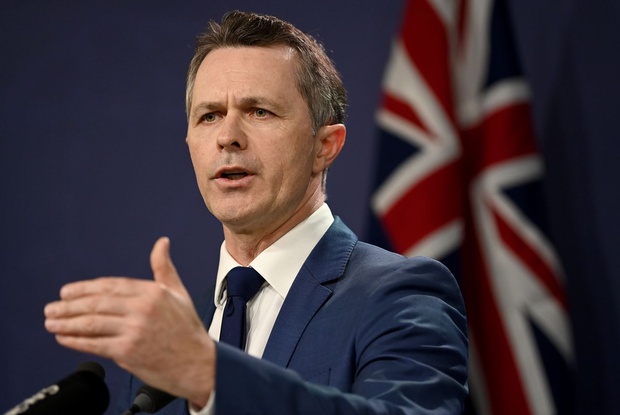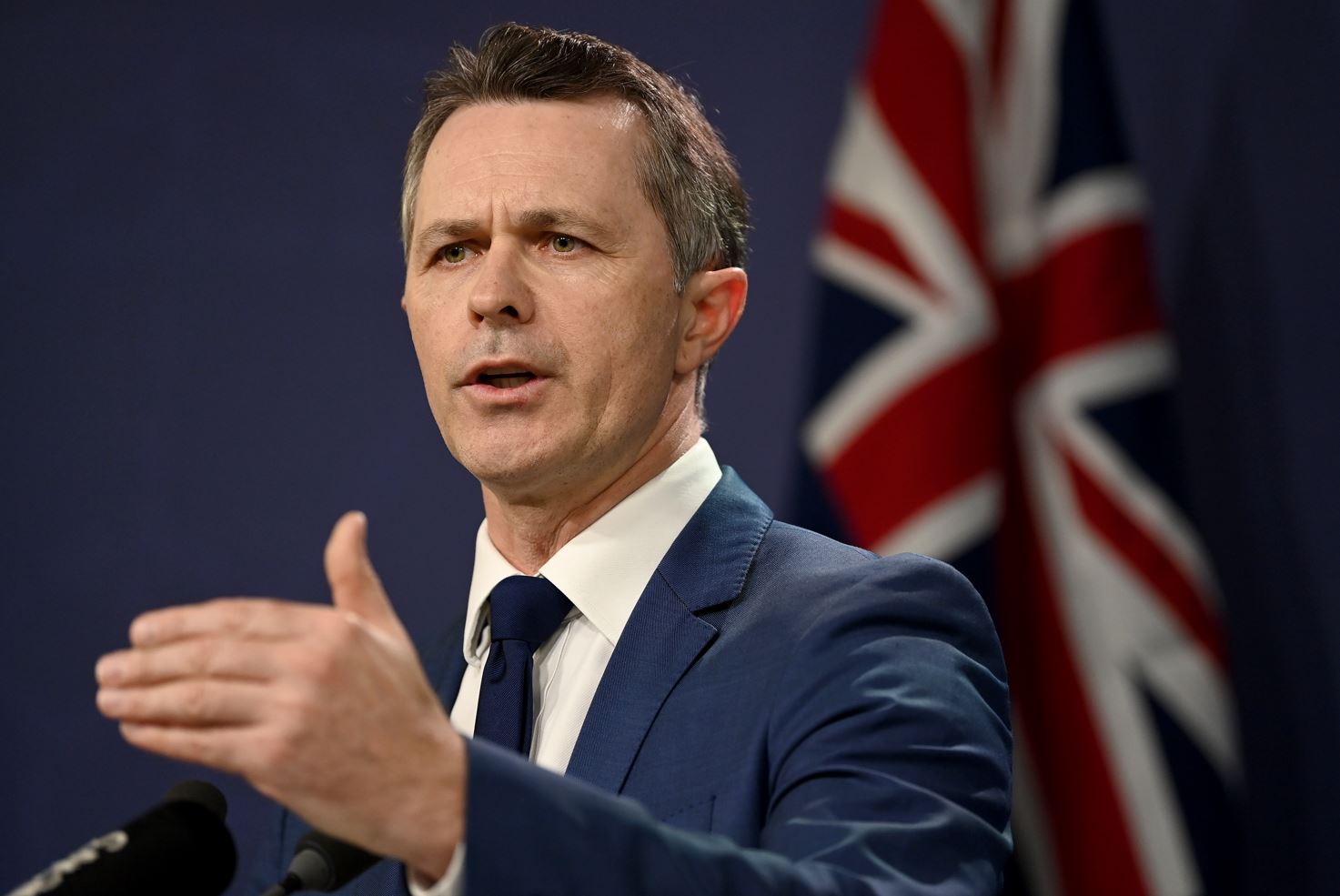The teachers' union say this latest deal will only increase the uncertainty facing the remaining jurisdictions to sign on to what it calls an “inadequate offer” by the Federal Government.
The bilateral agreement formalises the Statement of Intent signed by both governments in September and confirms, the governments say, that all Tasmanian public schools will get to 100 per cent of the SRS from January 2026.
Tasmania becomes the third state or territory to sign on to the Better and Fairer Schools Agreement (after WA and the NT), delivering funding to its schools and introducing targeted reforms aimed at helping the state's students ‘catch up, keep up and finish school’.
“Five weeks ago, we signed a Statement of Intent to fully fund Tassie public schools no later than 2029,” Minister for Education Jason Clare said in a statement today.
“Today’s agreement confirms that all Tassie public schools will start to receive full funding in just over 12 months - in January 2026.
“This is fantastic news for Tassie students and for public education it shows what can be done when governments work together.”
AEU president Correna Haythorpe, however, said Tasmania joining Western Australia in ‘fast-tracked’ agreements shows the Albanese Government is willing to do special deals when it comes to federal funding.
“These deals will see these two states receive 22.5 per cent of the SRS from the Albanese Government by 2026, while all other states are facing funding uncertainty, which may extend across the next decade,” Haythorpe said.
“Of grave concern is the uncertainty facing New South Wales, Victoria, Queensland, South Australia and the ACT as to whether they will receive a single Commonwealth dollar from January 2025 if they do not bow to the Federal Government’s pressure and sign up to the government’s inadequate offer.”
The AEU argues the current funding agreement on the table fails to offer a ‘genuine pathway’ to reach 100 per cent of the SRS and will intensify the workload of already stretched and under-resourced teachers.
The remaining states have so far held out for a 5 per cent increase, despite the Government’s ultimatum: fail to sign on and the current agreement will roll over for next year.
Under today’s agreement, the Albanese Government will invest an estimated additional $153.5 million from 2025 to 2029 in Tasmanian public schools.
The Rockliff Government will increase its investment in schools by $195.9 million over the same period. Extra funding will be tied to literacy and numeracy, student wellbeing and workforce initiatives.
To meet this commitment, additional new funding will be provided by the Tasmanian Government on top of commitments already announced in this year’s budget and the recent teachers wage agreement.
This means the Commonwealth will increase its share of funding from 20 per cent to 21.25 per cent in January next year and to 22.5 per cent of the SRS from January 2026, and the Tasmanian Government will increase its funding share to at least 77.5 per cent of the SRS from 2026.

“While additional fast-tracked funding is welcomed in WA and Tasmania, teachers on the ground know that this deal is not full funding as Minister Clare and Minister Palmer have claimed today,” Haythorpe says.
Tasmanian Minister for Education Jo Palmer said the agreement is a historic milestone for Tasmanian government schools.
“All Tasmanian schools will be fully funded from January 2026, which is nine years earlier than was initially proposed by the Federal Government,” she said in a statement.
“This will support our students to achieve the educational outcomes they need and deserve so they can lead their best lives.
“We are committed to maximising the new investment delivered through this agreement and making sure it flows to our students and our schools and is used to lift educational outcomes.”
Haythorpe said while additional fast-tracked funding is welcomed in WA and Tasmania, teachers on the ground “know that this deal is not full funding as Minister Clare and Minister Palmer have claimed today”.
“Tasmanian public schools will not reach 100 per cent of the SRS by January 2026 – instead they are on track to reach 96 per cent of the SRS at most, with a sneaky clause that allows the state government to write off 4 per cent of funding for other non-school based costs never intended to be included in the SRS,” she said.
Clare has made it clear the 10-year $16 billion Better and Fairer Schools Agreement will require states and terrtories to reach specific targets, including bolstering the teaching workforce, lifting NAPLAN results and Year 12 retention rates, as well as boosting student attendance.
Funding agreed to today will be tied to reforms, including:
- Year 1 phonics and early years numeracy checks to identify students in the early years of school who need additional help.
- Evidence-based teaching and targeted and intensive supports such as small-group or catch-up tutoring to help students who fall behind.
- Accelerating the implementation of the school-based recommendations of Tasmania’s Lifting Literacy implementation plan, including a minimum schooling guarantee for reading across all schools in Tasmania.
- Support for students to come to school ready to learn, including greater access to mental health supports.
- Reducing absence at school by prioritising evidence-based approaches to improving attendance and strengthening re-engagement support programs.
- Establishing and strengthening relationships and collaboration with Tasmanian Aboriginal Community Controlled Organisations and First Nations peoples and communities within Tasmania to support increased cultural safety and responsiveness in the Tasmanian education system.
- Support for VET specialist teachers and piloting incentive packages for attracting staff into remote and regional areas.
The Tasmanian bilateral agreement can be accessed here. The BFSA Heads of Agreement can be accessed here.
This Agreement is reliant on the Better and Fairer Schools (Funding and Reform) Bill 2024 being passed by the Parliament.














